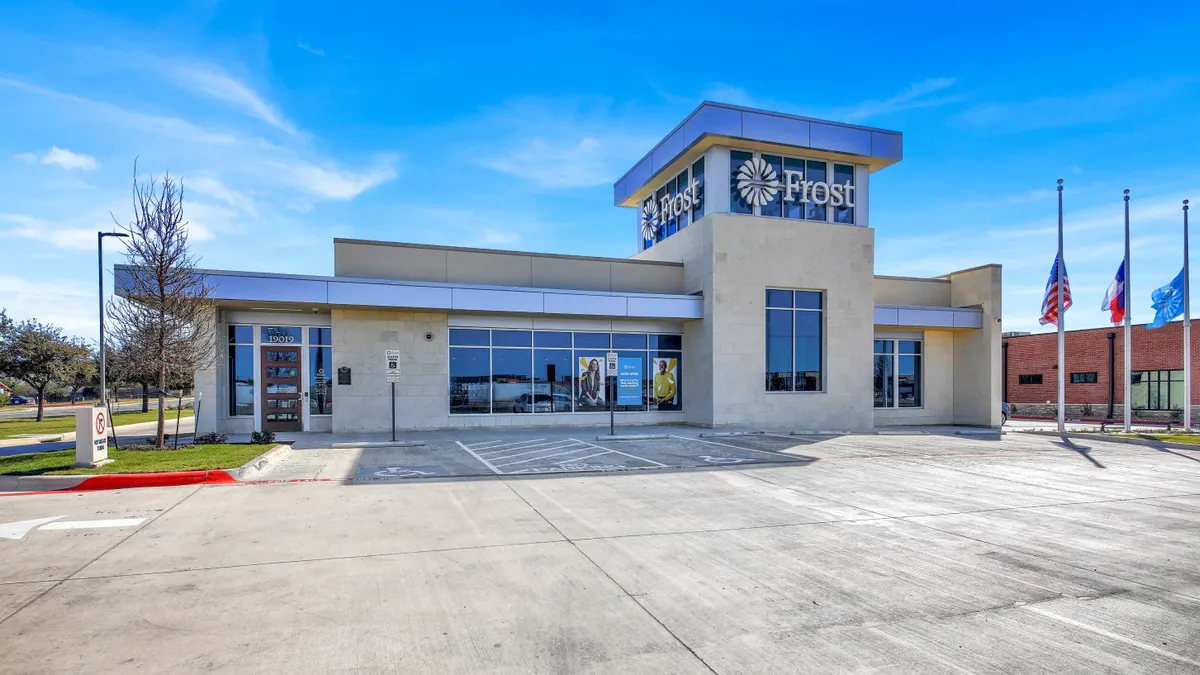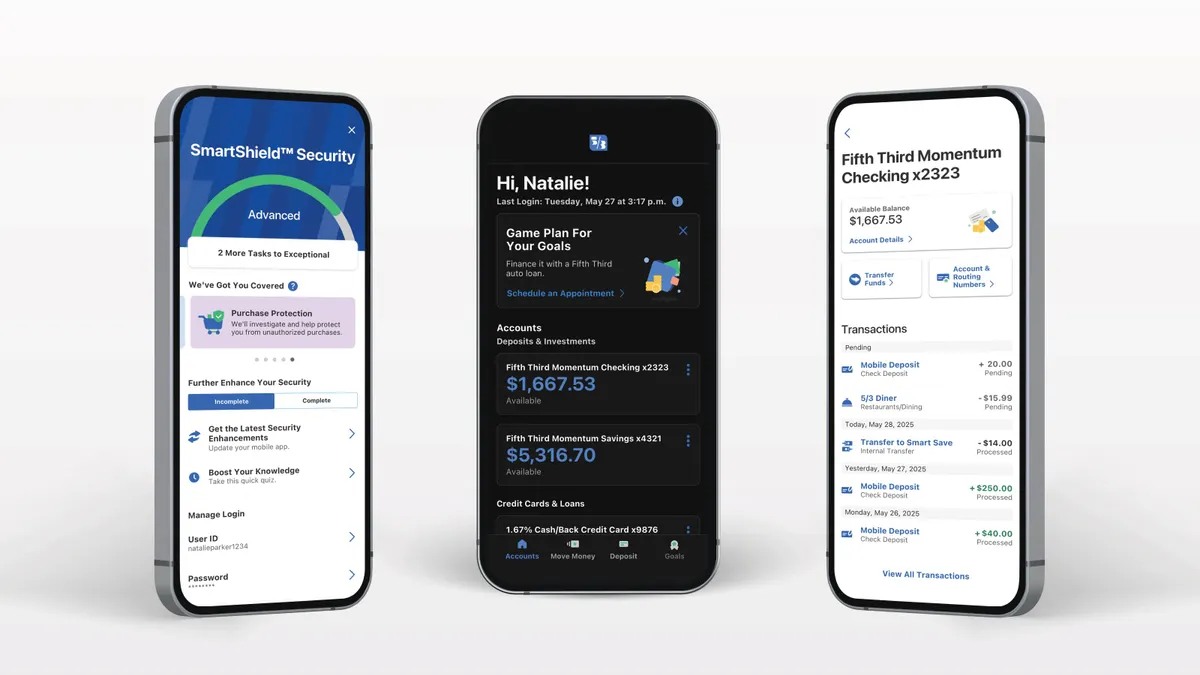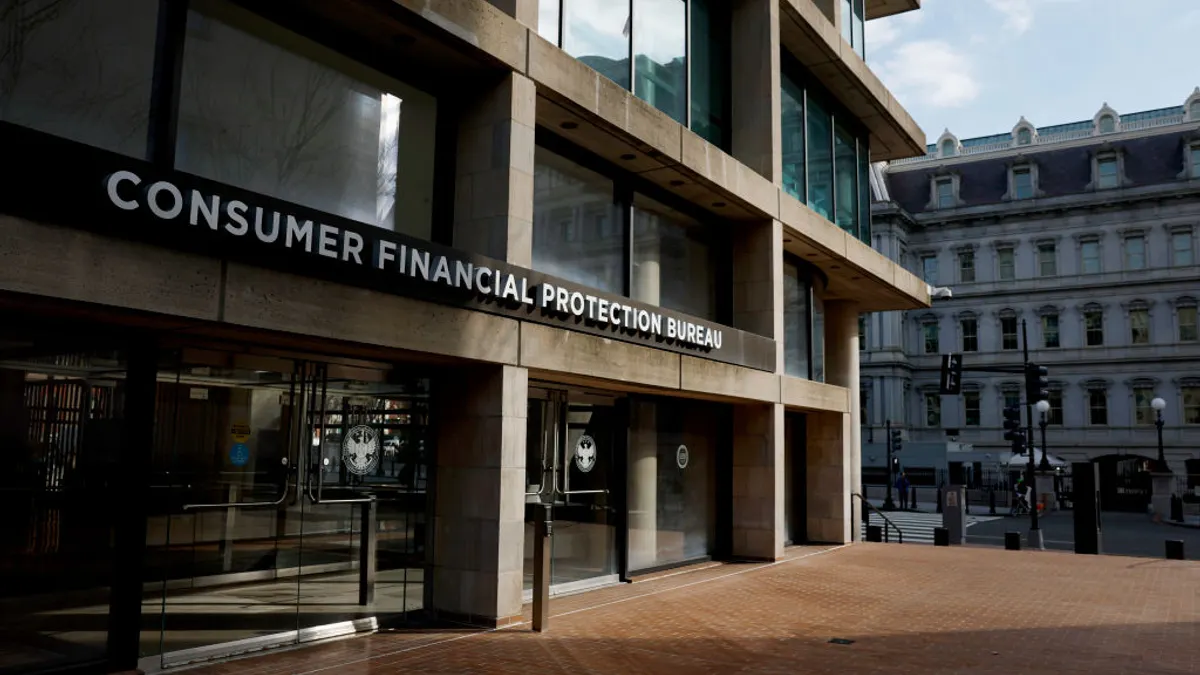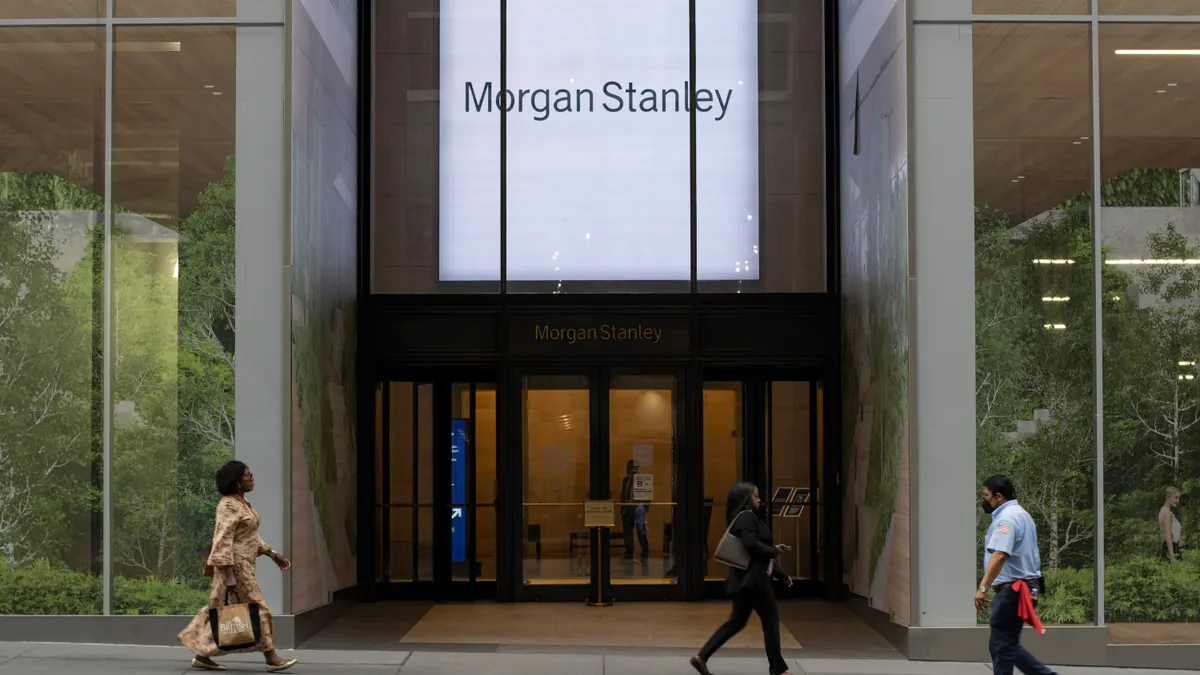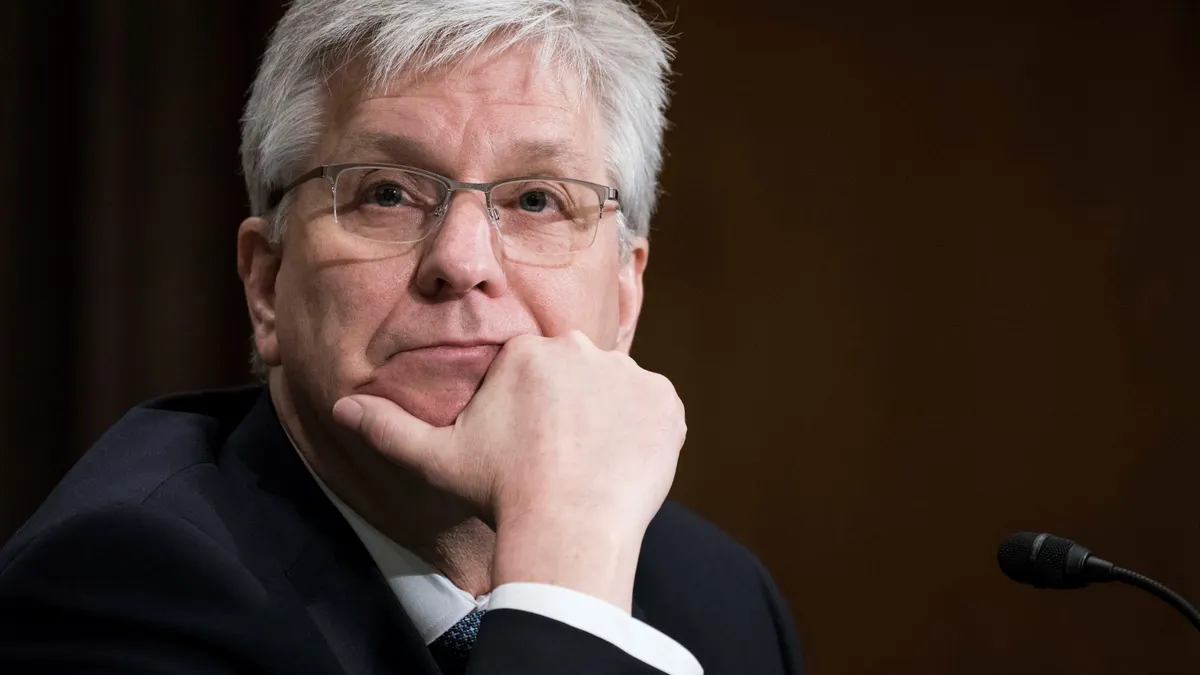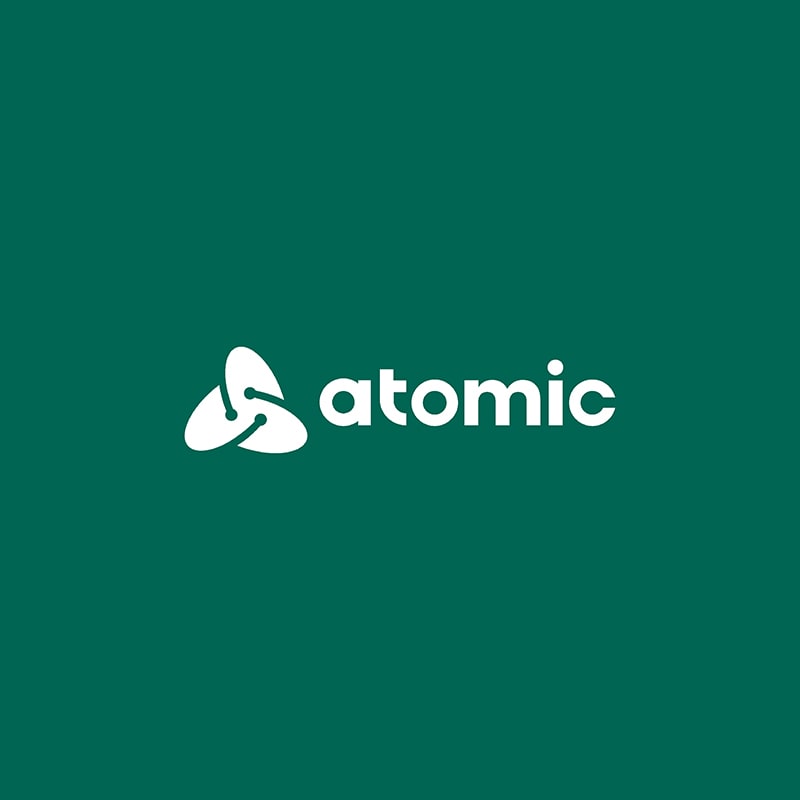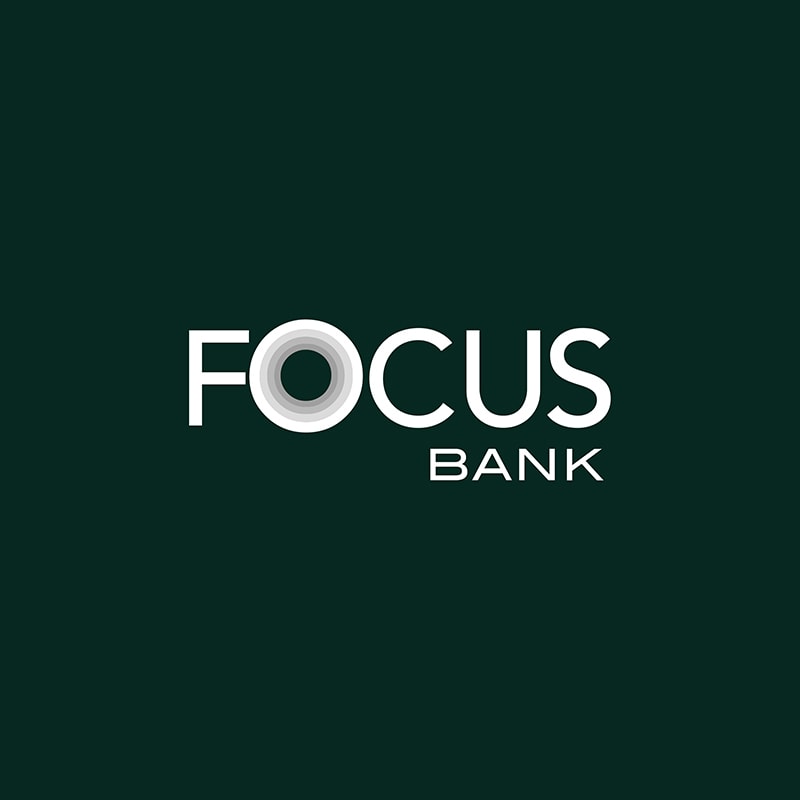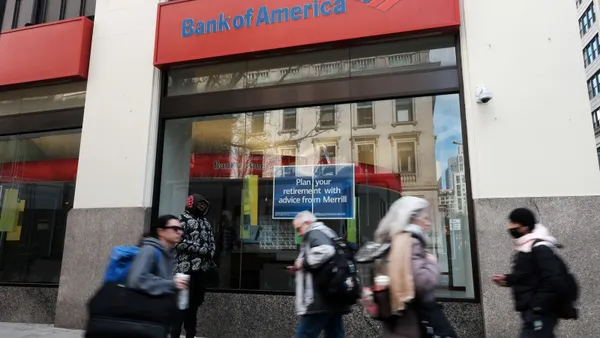Haohan Xu is chief executive officer of Apifiny, a global trading and value transfer network. Views expressed are the author's own.
Barriers are springing up everywhere for remittance companies and banks. Overcoming obstacles to cross-border payments is especially daunting right now, with slow settlement times, high fees and fresh competition bringing new challenges.
COVID-19 has brought unwelcome complications to international settlement. The World Bank in April issued an alarming report: Its experts project global remittances to decline by roughly 20% in 2020 — the sharpest drop in recent history — because of the pandemic and resulting shutdowns. This means banks are losing business from a wide swath of society: employees ranging from seasonal workers to those who work for embassies, international organizations and foreign companies.
Adverse global conditions arising from the coronavirus have played a huge part in this disruption of international remittance growth. However, even a vaccine won't cure the challenges for remittances. If international workers must still pay high fees and endure long settlement times, they will forcefully demand better and more affordable services, and may actively explore alternative international payments solutions.
It's not too late for banking institutions to retain these customers. However, they must recognize the barriers preventing the execution of cross-border payments that are faster, more cost-effective and more reliable.
Banks and payments companies face two key international remittance roadblocks:
No global network. International payments are painful because no single global network or service exists for all banks’ participation that enables real-time funds settlement.
While the Society for Worldwide Interbank Financial Telecommunication (SWIFT) protocol is far-reaching, it is a messaging service and not a true banking network. A bank in one region can send a message to a bank in another with SWIFT, but they must have a bilateral arrangement or rely on other banks that have the relationships. SWIFT unquestionably improved on the lack of international coordination preceding it. However, its structure remains inefficient and convoluted, causing long settlement cycles.
This lack of a global settlement network carries higher transaction costs, too. The global average cost of sending $200 was 6.8% in the first quarter of 2020, according to the World Bank. In sub-Saharan Africa, that cost is around 9% — high enough to be a deterrent.
Outdated tech. Most banks' post-execution technology platforms are increasingly outdated. They also typically prove difficult and expensive to change. These platforms often comprise multiple interoperating systems including middle office, clearing and settlement, books and records, risk systems for securities processing, payment systems and general ledger processing.
As a result, banks must undergo high-risk, expensive, multiyear projects to elevate their processing platforms to modern standards.
Securities settlement
Although clearing and settlement for securities differ from remittances, a closer look at securities settlement provides a window to how banks can revitalize remittances.
For securities, there is typically a central depository and a centralized clearing and settlement service such as The Depository Trust & Clearing Corp. (DTCC) in the U.S. for the financial markets. Together, these two entities provide clearing, settlement and custody services for member firms, meaning all transactions from financial institutions and their counterparties must be submitted. DTCC is the custodian of the stock certificates and, via the Continuous Net Settlement process, it provides each member with a net obligation between counterparties that it's due to deliver or receive for each security, without physically transferring the stock certificates.
While this netting provides efficiency and reduces counterparty risk, it is a centralized process that takes two days in the U.S.
Member firms must also pledge capital or securities to cover for potential failures, tying up capital that could be deployed elsewhere. A major overhaul of DTCC technology would be required to enable real-time settlement.
DTCC is actively addressing that securities sector roadblock, evaluating distributed ledger technology (DLT) solutions that it hopes will significantly accelerate settlement for their industry. Dual DTCC initiatives — Project Ion and Project Whitney — have been announced to better integrate DLT with capital markets. DLT is a key component of blockchain, a rapidly maturing technology with the proven ability to execute peer-to-peer, direct-value transfer between parties for traditional assets like fiat currency, securities and commodities.
A blockchain roadmap
Blockchain technology is a leading candidate to sweep away the roadblocks noted above — and many more — in the drive to transform global settlement. It can enable banks to make transactions transparent to all relevant parties in minutes. The evolution of the financial account paradigm into the token paradigm via blockchain technology enables traditional assets like fiat currency, securities and commodities to be digitized as tokens. Blockchain technology can "mirror" virtually any asset for instantaneous value transfer between parties, with complete transparency.
This technology eliminates the need for much of the middle-office processing used to successfully confirm transactions and identities between parties. Real-time settlement reduces the need to spread reserves across multiple exchanges, optimizing capital utilization and reducing trading costs.
Banks and other parties to a transaction are ready to benefit from the next generation of blockchain-based solutions. The latest blockchain technology advancements are fully capable of creating a network that goes beyond simply being a messaging service like SWIFT to one that optimizes transactions using smart contracts to fulfill the settlement lifecycle. Participants on such a network can transact and have the transaction visible and settled between parties in minutes or even seconds instead of days, leading to significant increases in transparency and efficiency in step with cost reductions.
The banking industry could be on the verge of moving settlement to the next level. Transaction participants are hungry for a new kind of transparent, global 24/7 network boosted by seamless access and near-instant transactions for a fraction of today's costs. Banks must take courageous action to transcend the status quo. The speed, cost savings and customer satisfaction rewards of a blockchain-based settlement network will reward their bravery.



